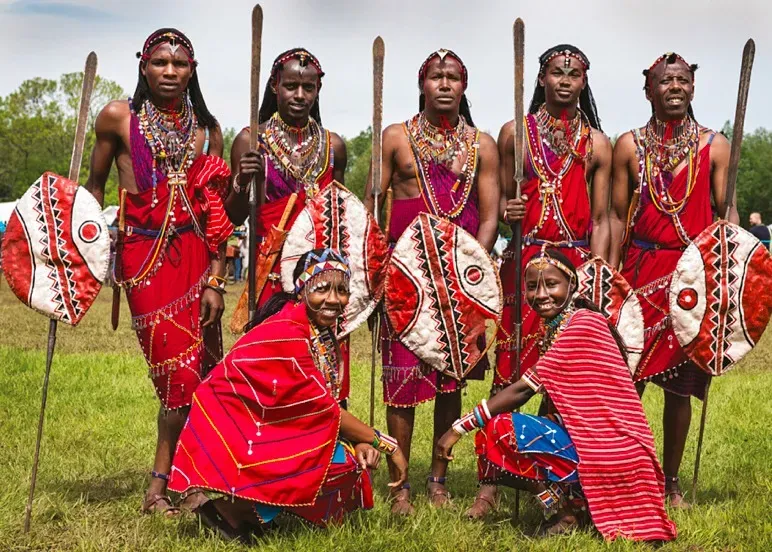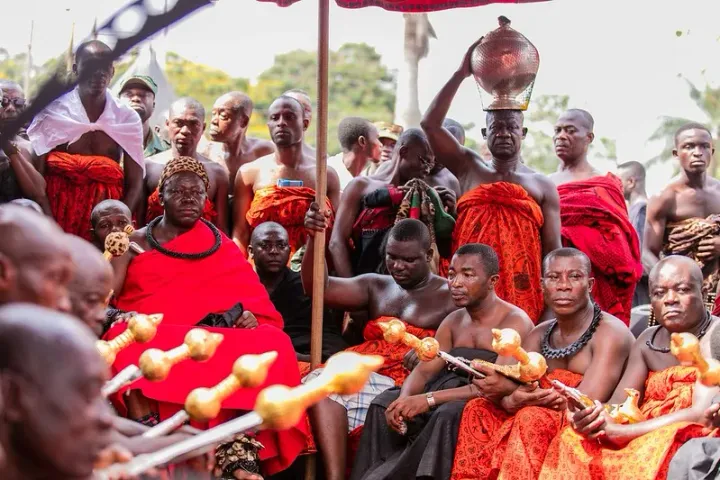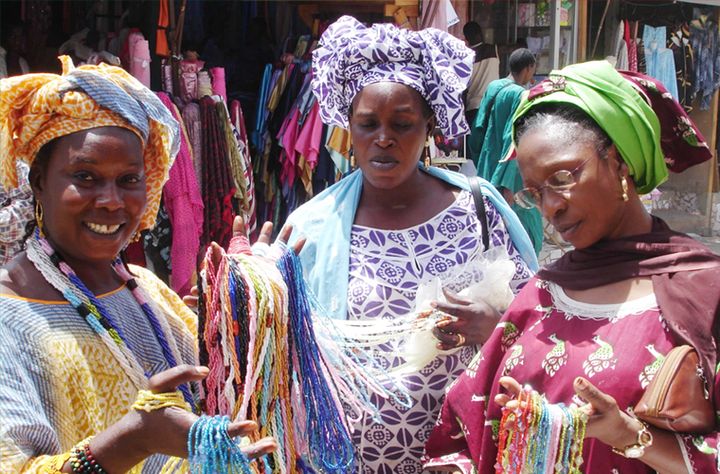The Luhya culture, deeply rooted in tradition and heritage, shares similarities with many Bantu cultural practices prevalent across Africa. While polygamy was once widespread, it now sees limited practice, mostly among those marrying under traditional African or Muslim laws. Civil and Christian marriages, administered by government authorities, typically preclude polygamous arrangements. In a Luhya village, comprised of 10 to 15 families, a village headman, known as Omukasa, led the community. Post-colonial titles, such as Oweliguru, derived from English, reflected leadership. Within households, the man held ultimate authority, with the first wife of a polygamous family often assuming a prestigious role among women.

Traditionally, inheritance favored sons, with daughters having limited status and no property rights. However, Kenyan law now allows girls to inherit property. Naming conventions follow clan ancestry, with priority given to paternal grandparents. Significant events, like weather patterns, also inspire names. Naming customs honored clan ancestors, grandparents, or significant events like weather phenomena. Maternal grandparents might lend their names to subsequent children. Traditionally, marriages were arranged, marked by dowry negotiations. While elopement and abduction occurred, polygamous unions were common, with middle-aged men often having multiple wives.
Widows often faced "wife inheritance," marrying a husband's brother or cousin. Christian influences have shifted cultural practices, with many Luhyas adopting modern lifestyles and settling in urban areas. Death customs were elaborate, involving mourning periods of up to forty days. Sacred trees marked burial sites, with post-burial ceremonies like "Obukoko" and "Lisabo" concluding mourning rites.

Traditional beliefs included fear of "Abalosi" or "Avaloji" (witches) and "Babini" (wizards), who were perceived as malevolent spirits. Animal sacrifices and rituals aimed to ward off these supernatural forces.
The Luhya culture, while evolving, retains its essence through its rich tapestry of customs and beliefs, honoring its past while embracing the winds of change.
Sources:




